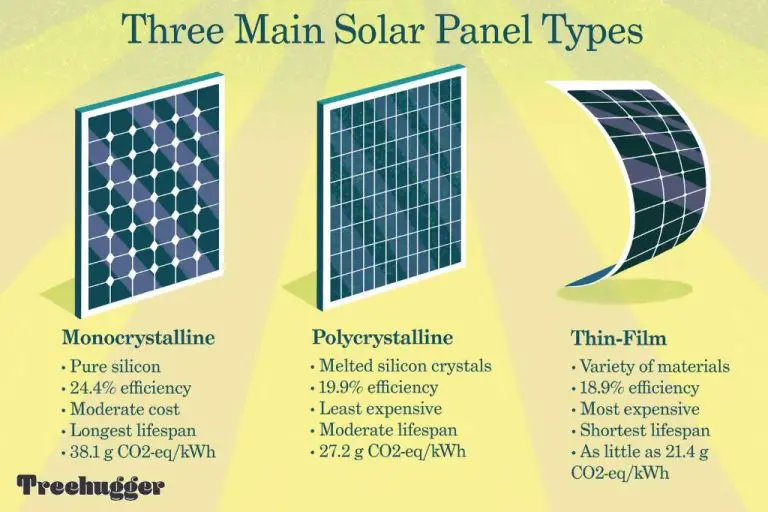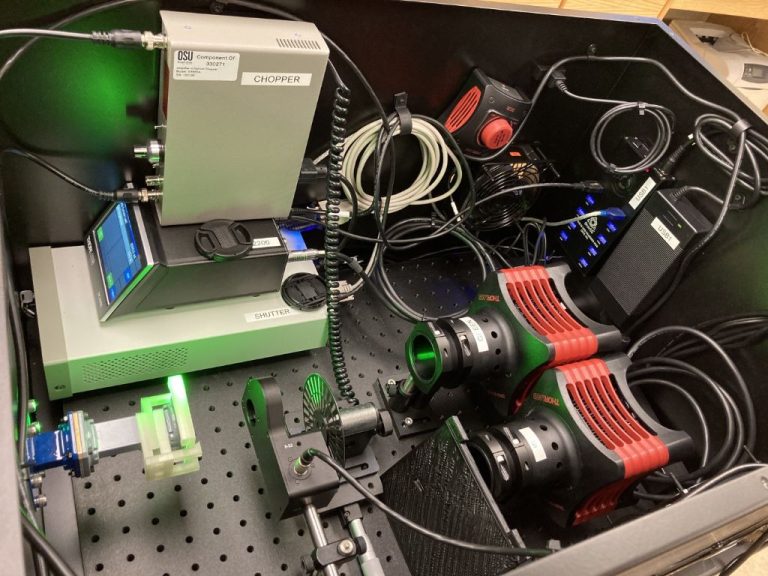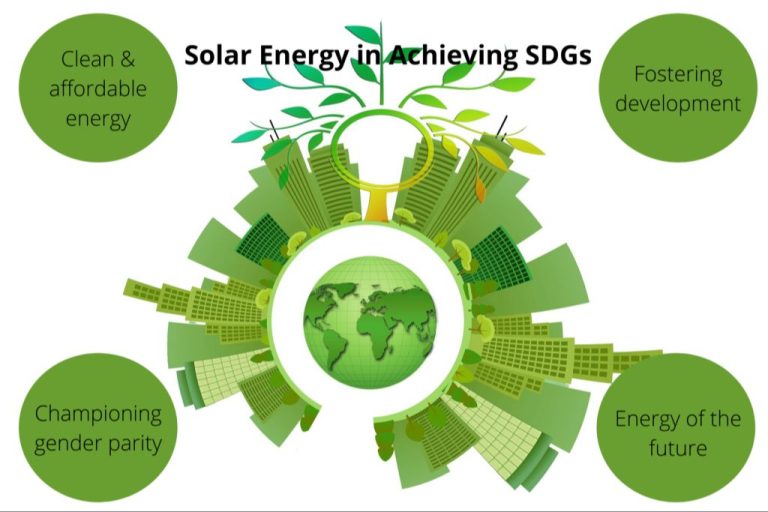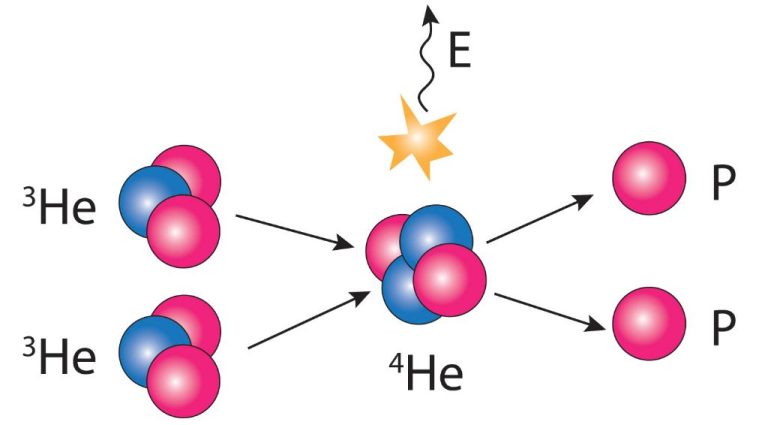Is It True That Solar Panels Are Free?
The claim that solar panels are free is an attractive one, but also an oversimplification. While there are ways to get solar panels at no upfront cost through leasing or financing options, solar panels themselves are not free products. There are always real costs associated with purchasing, installing and maintaining a solar photovoltaic system. However, between federal tax credits, state/local incentives, electricity bill savings, and more, going solar can pay for itself over time. This article will break down the true costs of solar panels and the mechanisms that allow them to be obtainable at little to no upfront cost in some cases.
Upfront Costs
Installing solar panels requires a sizable upfront investment for materials, labor, and permitting. According to NerdWallet, the average cost falls between $2.50 to $3.50 per watt for a solar panel system. For a typical residential system size of 5-6 kilowatts (kW), that puts the total cost in the range of $12,500 to $21,000. The overall expense can vary based on your location, roof type, and the solar company you choose. For example, The Home Depot estimates costs of $2.50-$3.50 per watt in Arizona, $3.00-$4.15 per watt in California, and $3.15-$4.00 per watt in Colorado. While solar panels can save money over time, the upfront investment is substantial compared to utility bills.
Federal Tax Credits
There are federal tax credits available that can significantly lower the effective cost of installing solar panels. Currently, the federal solar tax credit is 30% of the total system cost, with no maximum limit. This tax credit will remain at 30% through the end of 2032 before dropping to 26% in 2033. After 2034, the credit will drop to 22% (Homeowner’s Guide to the Federal Tax Credit for Solar).
The tax credit is applied to your federal income tax and helps offset the cost of installation. For example, if you install a $15,000 solar system, you can claim a $4,500 federal tax credit. Essentially, the government covers 30% of your total system cost. To claim the credit, you must own the solar system rather than lease it. The home must be your primary or secondary residence in the U.S. There are no income limits to qualify for the full 30% credit (Residential Clean Energy Credit).
State/Local Incentives
Many states and cities offer additional incentives to make solar power more affordable for homeowners and businesses. These come in the form of tax credits, rebates, grants, and other financial incentives that can greatly reduce the upfront costs of installing solar panels.
For example, California offers solar incentives including an income-qualified Single-Family Affordable Solar Homes (SASH) Program that provides qualifying low-income homeowners upfront rebates to offset the costs of installing a solar electric system. The program pays for about 40-60% of the total system costs on average (1).
Other states like Massachusetts provide significant rebates through their SMART solar incentive program, which provides fixed base compensation rates for the solar electricity system owners generate for the first 10 years of the system’s operation (2).
Many utilities and municipalities also offer solar rebates and incentives in the form of upfront rebates, performance-based incentives, or renewable energy credits. It’s important to research available incentives in your state and utility service area.
1. https://www.energy.ca.gov/programs-and-topics/programs/california-solar-initiative/single-family-affordable-solar-homes-sash-program
2. https://www.mass.gov/solar-massachusetts-renewable-target-smart-program
Electricity Bill Savings
One of the biggest benefits of installing solar panels is the reduction in electricity bills. According to Energysage, most homeowners save between $20,000 and $96,000 over the lifetime of their solar panel system, depending on factors like location, system size, electricity rates, and more.
For example, an average homeowner in California with a 5 kW solar system could expect to save around $1,500 per year on their electricity bill, adding up to over $30,000 in savings over 20 years [1]. In sunny states like California and Arizona, the electricity bill savings with solar panels tend to be on the higher end. Homeowners in less sunny states can still achieve good savings, but may need a larger system to produce the same amount of electricity.
Solar panels allow homeowners to reduce their grid electricity usage during the day when the sun is shining. Any excess solar electricity produced can be sold back to the utility company through net metering. This further reduces electricity costs. According to MarketWatch, expected annual power bill savings range from $1,280 to $1,600 for an average home [2].
Selling Excess Electricity
One of the benefits of solar panels is the ability to sell excess electricity back to the grid through a billing mechanism called net metering. Net metering allows solar panel system owners to get credit for any surplus energy their system generates. This credit is applied to offset electricity used when the solar panels are not actively generating, like at night.
Net metering enables system owners to essentially “store” their excess electricity production in the grid to use later. In some cases, if they generate more than they use over the course of a billing cycle, they may even get paid by the utility for that surplus energy. For example, according to the Solar Energy Industries Association, many net metering policies allow for annual cash-outs when the credit exceeds consumption.
Overall, net metering provides a valuable opportunity for solar panel owners to get the most out of their system by selling extra electricity back to the grid. It makes solar power generation an even more advantageous investment.
System Lifespan
The lifespan of solar panels is a key consideration when deciding whether to install a solar system. Most solar panels come with a 25-30 year performance warranty, meaning the panels are guaranteed to produce a certain amount of their original power output for that timeframe (Source). While solar panels can technically last beyond 30 years, their efficiency begins to degrade over time. After 25-30 years, solar panels may continue generating some electricity, but likely at 50% or less of their original rated capacity.
Top solar panel manufacturers like SunPower and LG offer 25 year product warranties and promise at least 85% production after 25 years. With standard testing showing solar panels lasting 35-40 years, a solar system can provide free electricity for decades (Source). Proper maintenance and upkeep can help maximize the lifespan of solar panels as well. Overall, the 25-30 year lifespan makes solar power a long-term investment that pays dividends for many years to come.
Maintenance Costs
Solar panels require little maintenance, but it’s not completely free. The typical cost of solar panel maintenance is between $300 and $700 annually, with most homeowners paying around $400 per year according to Fixr.com (https://www.fixr.com/costs/solar-panel-maintenance). This covers the cleaning and inspection of a typical residential system.
To keep solar panels operating efficiently, it’s recommended to have them professionally cleaned 1-2 times per year. Panels may require more frequent cleaning if in a dusty climate or near trees/debris. Professional solar panel cleaning typically costs $150-300 per visit according to RoofGnome (https://roofgnome.com/blog/cost/solar-panel-maintenance-price/).
Beyond cleaning, solar panels require very little annual maintenance. However, inverters may need replacement after 10-15 years at a cost of $800-1500 according to CNET (https://www.cnet.com/home/energy-and-utilities/what-are-the-hidden-costs-of-solar-panels/). So while solar panel maintenance is not free, the recurring costs are relatively minor for such a long-lasting system.
Conclusion
In summary, while solar panel systems can provide significant long-term savings through reduced electricity bills and income from selling excess power, they are not free. The initial purchase and installation of a solar system requires substantial upfront investment that can cost tens of thousands of dollars. This cost can be offset by federal tax credits, state and local incentives, and financing options, but solar customers still bear significant expenses. Over a span of 20-30 years, monthly electric bill savings and income from sold electricity can make the system pay for itself. However, proper maintenance over this long lifespan does incur additional costs. So while creative financing can reduce the burden, solar panels will never be an entirely free option for most homeowners.
Key Takeaways
While solar panels require an upfront investment, there are ways to reduce the costs through federal tax credits, state/local incentives, and electricity bill savings. The system can also generate revenue by selling excess electricity back to the grid. However, solar panels have a finite lifespan of around 25-30 years, after which the system may need replacing. There are also ongoing maintenance costs to factor in. Ultimately, with the right incentives and conditions, solar power can pay for itself over time, but the systems are not free.






